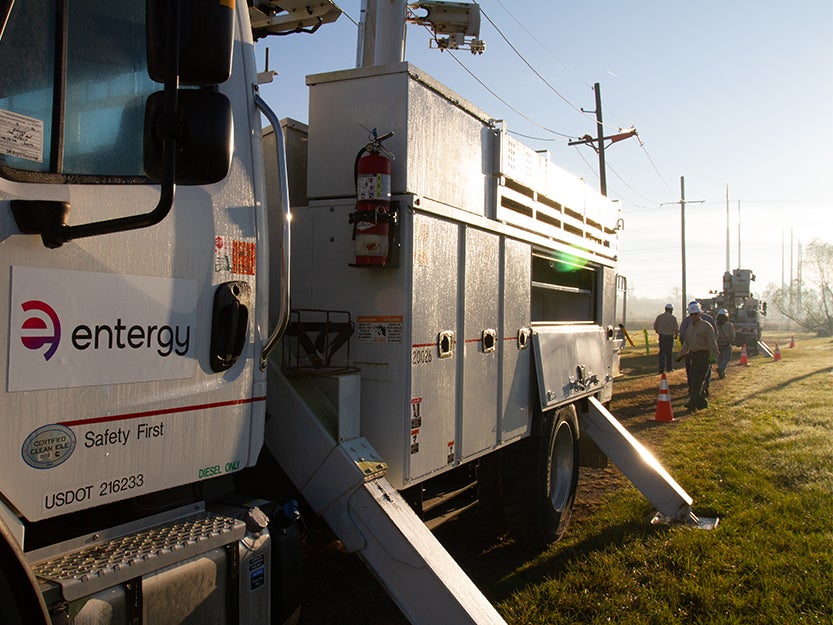Efforts being made to meet workforce needs for area
Published 9:48 am Thursday, October 31, 2013
State government and education leaders on Wednesday discussed efforts to meet the challenges for the projected workforce needed in Louisiana — which will meet its construction peak in 2016.
The state will need more than 86,000 new craft workers for the $60 billion worth of expansions and new plants. And with more than 28,000 construction workers needed in Southwest Louisiana for its own $47 billion boom, the state’s capacity to train the workers will be about 20,000 per year, said Curt Eysink, executive director of the Louisiana Workforce Commission.
“We are certainly aware of the challenge,” Eysink told business leaders at the Stepping Up! convention at L’Auberge Casino Resort. “The efforts being made to address the capacity issue is going to be substantial.”
Jeff Lynn, executive director of workforce development programs at Louisiana Economic Development, said the state is “making strides” in preparing the workforce.
Lynn said it’s important to align academia with the jobs needed in industry. He mentioned the $20 million investment at Sowela Technical Community College by the state for a training center.
“We’re heading in the right direction,” Lynn said.
Joe May, president of the Louisiana Community and Technical College System, said students entering the technical system are asking: “Who’s hiring and how much are they going to pay?”
“People understand the connection between education and a job,” May said. “They are willing to invest in the training because the time is now.” Chas Roemer, president of the state Board of Elementary and Secondary Education, said Louisiana residents will be the winners in the next 25 years.
“I believe our state will be the envy for the rest of the country,” Roemer said.
He said that of the 77 percent who graduate from high school and are college bound, only 19 percent of them actually graduate with a degree.Roemer said there is much work to be done to make the career path diploma “worthy.”
“We’re not in a high school diploma business; we’re in a lifetime business,” Roemer said. “We have to change the definition of education in this state.”
He said the first step is fully funding prekindergarten in the state. He also said students who are behind need to be identified sooner than eighth grade.
“We have to change the course of their life starting in first grade,” Roemer said.
He also said it needs to be easier for a child to get college credit while in high school, as well as career credit.
“It needs to be seamless,” Roemer said. “You need to leave high school in one of two ways: ready to go to college or ready to go to work.”




